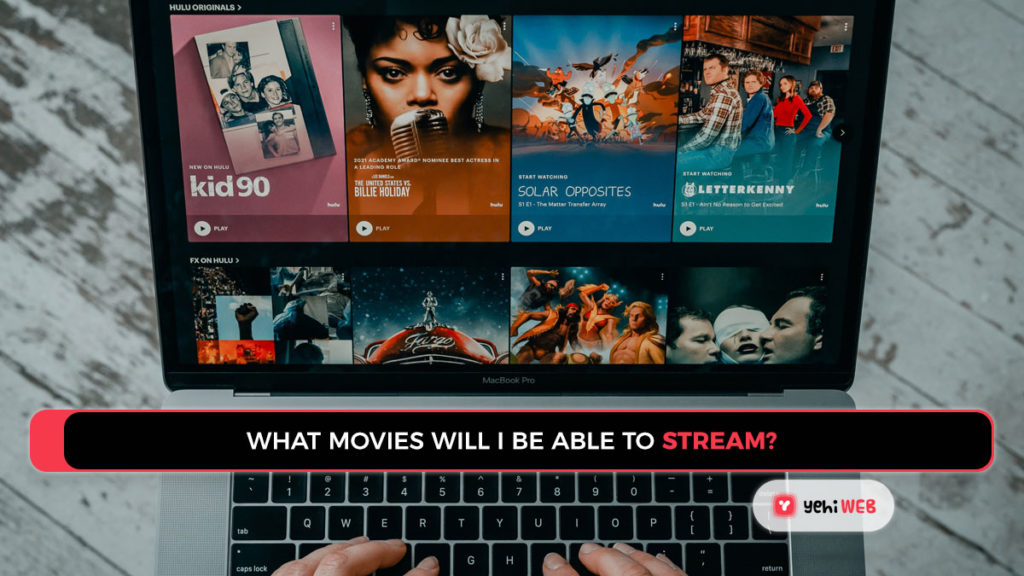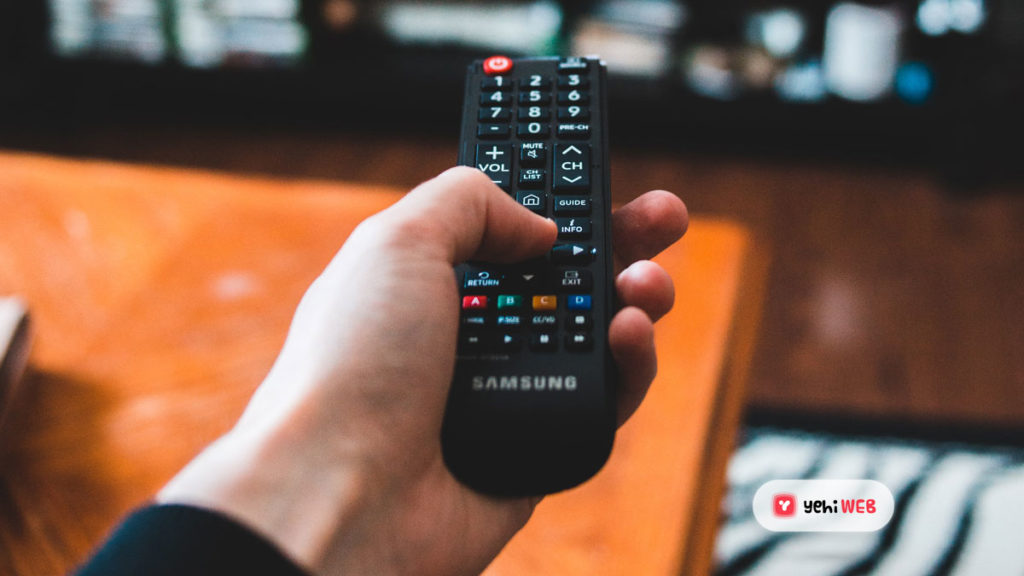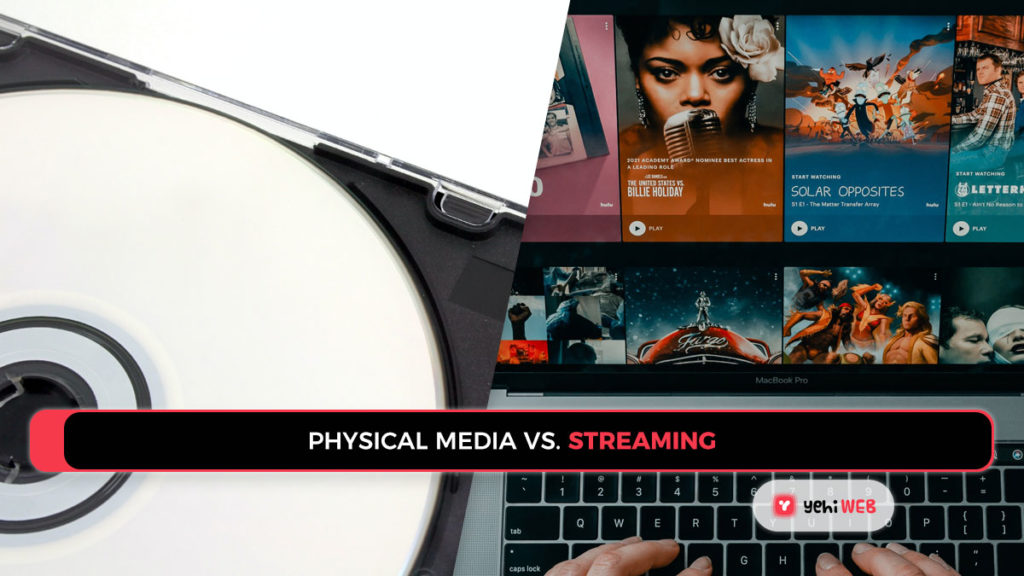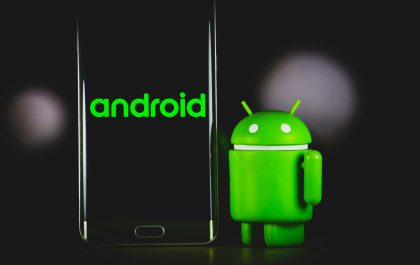Streaming services are a great way to watch on-demand shows and live TV without having to pay for cable, but can they replicate the movie theater experience in your living room? These are all the best services we’ve found for bringing the cinematic experience into your home.
Cord cutters have a plethora of options for streaming on-demand shows and live TV without having to pay for cable. Fans of movies don’t have to miss out on the action. Many video streaming services provide large collections of popular titles and allow high-definition streaming. You will have to wait for premieres to stream on your preferred service, but the variety of films available on that service should be enough to keep you occupied. You could also find a new favorite movie that you will never be able to see in a cinema or buy outright.
What Movies Will I Be Able to Stream?

The movies that are available for streaming on the service are determined by the service’s streaming rights. It’s close to how live TV subscription services would negotiate streaming rights with cable channel owners. As a result, services that either hold the rights to massive catalogs of content (or have the funds to acquire streaming rights) would have an edge.
Consider two of the most well-known names in the entertainment industry: AT&T’s WarnerMedia and Disney. HBO Max features movies from Warner Bros. and New Line Cinema (17 of which will be released on HBO Max at the same time as theaters in 2021). As a result, you’ll be able to see several popular DC Universe films as well as all of the Harry Potter films. In the United States, HBO Max has exclusive streaming rights to Studio Ghibli films. Classic Disney features, Marvel films, Pixar animations, and Star Wars films, live-action shows, and animated series—not to mention the filmed stage performance of Hamilton—are all available on Disney+.
One of the latest entries to join the video streaming market is NBC’s Peacock. Comcast, NBC’s parent company, owns Universal Pictures, Focus Features, DreamWorks Animation, and Illumination, among many other studios.
While Netflix and Prime Video aren’t backed by traditional media behemoths, they both have access to vast (albeit continuously changing) movie collections. Netflix now sells a DVD by Netflix’s physical-disc rental service, which significantly extends its catalog. To keep up to date on the streaming offerings, check out our features on what’s coming to Netflix and Prime Video.
Netflix and Amazon Prime Video both make original films, some of which have received critical acclaim. El Camino: A Breaking Bad Story, Roma, The Ballad of Buster Scruggs, and The Irishman are among the most successful Netflix original films. Honey Boy, I Am Not Your Negro, Manchester By The Sea, and The Big Sick are among Prime Video’s best original films to date. Some of the traditional media powerhouses are producing movies exclusive to their own services, which is one of the reasons Netflix and Amazon need to produce their own titles. However, these have about the same number of high-quality films.
Because Apple TV+ does not license content from traditional media companies, it is forced to create the majority of its content in-house, though it has licensed some films and documentaries. This means that, in comparison to other networks, its movie collection is extremely limited. Furthermore, Apple TV+ continues to place a greater emphasis on original series than on original movies. In any case, Hala, The Banker, and The Elephant Queen are the most notable (and pretty much the only) Apple TV+ films available for streaming.
Under COVID-19, Apple has shown that it is prepared to purchase movies it didn’t commission and turn them into Apple exclusives; the first example is Tom Hanks’ Greyhound. It remains to be seen if this is a one-off or the start of a new trend.
Hulu does not make original movies, although it is owned by Disney, which has a commercial incentive to do so. Goodfellas, Grave of the Fireflies, Parasite, Portrait of a Lady on Fire, and The Dark Knight are among the most popular movies on the service at the time of writing.
Other services concentrate on a limited array of topics. There are a lot of high-quality documentaries on CuriosityStream. Horror films are the focus of Shudder. Classic and foreign films are the focus of the Criterion Channel. A rotating library of artsy and indie movies is curated by Filmatique, Mubi, and Ovid.tv. KweliTV is one of the best video streaming services for Black art appreciation. Tubi and Crackle, all of which are completely free, deliver a collection of classic movies from the past, but you’re unlikely to remember several of the titles in their collections.
It’s worth noting that you won’t be able to stream the most recent movies on these services; many movies have a theatrical release period that allows them to qualify for awards. However, AMC Theaters is facing financial difficulties, and changes to award eligibility are always possible.
Are 4K, HDR, and surround sound supported by video, movie streaming services?

High-end audio and video standards are supported by some video streaming services. Apple TV+, CuriosityStream, Disney+, Netflix, and Amazon Prime Video, for example, all support 4K streaming. Filmatique, HBO Max, Hulu, KweliTV, Mubi, Ovid.tv, Peacock, Shudder, and The Criterion Channel are among the streaming services that provide 1080p streaming for movies. The highest streaming resolution on Tubi and Crackle is 720p.
HDR streaming is supported by several services, including Apple TV+, Disney+, Netflix, and Prime Video (either HDR10 or Dolby Vision). Higher-end audio standards (5.1 Surround Sound, Dolby Atmos, or Dolby Digital Plus) are becoming more widely supported. At least one of these standards is supported by Apple TV+, Disney+, HBO Max, Hulu, Netflix, Prime Video, and Tubi.
Please keep in mind that not every movie on these services is available to stream in the highest possible quality. Searching for content that supports these high-end video and audio standards in a service’s interface is the easiest way to find it.
You’ll also need a device that can play these formats. To find all of the best audiovisual gear, look at our roundups of the best smart TVs, soundbars, and media streaming devices. Bear in mind that certain providers limit the highest playback standards to specific devices. Netflix subscribers on macOS, for example, have only recently been able to download in 4K. 4K streaming is limited to a few media streaming devices and smart TVs on Prime Video.
Options for Accessibility
Closed captions are accessible for the vast majority of the video streaming services in this roundup, but not all of them allow you to fully customize them. Subtitle customization is supported on Disney+, HBO Max, Hulu, IFC Films Unlimited, IMDb TV, Netflix, Peacock, Prime Video, and Tubi.
Audio Descriptions, which are audible narrations of on-screen events that may not be discernible by dialogue alone, are supported by only a few services. Apple TV+, Disney+, Hulu, IMDb TV, Netflix, and Prime Video are the only ones in this roundup that have this accessibility option.
Physical Media vs. Streaming

One of the most convincing reasons for using a video streaming service instead of physical media to view movies is the possible cost savings. If you purchase one or more 4K UHD Blu-rays a month (typically $15-$30 based on when they were released), it’s almost certainly cheaper to subscribe to a video streaming service—at least for watching movies. However, whether you only purchase 4K UHD Blu-rays on rare occasions or you need standard DVDs or Blu-Rays on a regular basis, you may end up spending less over time than if you had subscribed to a video streaming service.
At $14.99 and $17.99 a month, respectively, HBO Max and Netflix’s Premium plan (the only tier that supports 4K streaming) are the most expensive of the on-demand services we’ve reviewed. Mubi and the Criterion Channel each cost $10.99 a month. Prime Video is $8.99 per month, Disney+ is $6.99 per month, and Ovid.tv is $6.99 per month at the low end of the price range. KweliTV, Shudder, and Hulu’s ad-supported plan are both $5.99 a month. Depending on whether you choose to watch documentaries in HD or 4K quality, CuriosityStream costs $2.99 or $9.99 a month. In 2021, the cost of Disney+ will rise significantly.
Apple TV+ ($4.99 per month) and Filmatique ($4.95 per month) are both available for under $5 per month. Crackle, Peacock, Pluto TV, and Tubi are all free, but Peacock needs a $9.99 monthly subscription to access all of its content. Philo, a live TV service, costs $20 per month, which is reasonable for the category.
READ MORE
Netflix: Top 10 Original TV Series
On the one hand, people who want to rewatch movies from time to time may be turned off by the rapidly expanding catalog of video streaming services. When you buy a physical disc, you’re probably buying it because it’s a movie you want to watch several times or keep for your set. It’s also a challenge if a service doesn’t have any of the movies you want to watch. Others can relish the prospect of keeping physical disks offline indefinitely (unless you lose them). A recent lawsuit reminds us that even though you purchase a digital movie from iTunes or Amazon, your digital copyright possession can be subject to conditions outside your control.
The ability to discover new films, on the other hand, is a clear advantage of a constantly expanding movie collection. Mubi, for example, updates its Now Streaming section of 30 curated films every day, ensuring that you never run out of fresh stuff to watch. Offline use of video streaming services is also possible. Many services, for example, allow for offline downloads on mobile devices. Although watching a movie on a mobile device’s small screen isn’t perfect, it’s much more comfortable than lugging around a compact DVD player or a laptop with a suitable disc drive.
If you don’t want to use subscription services but do want to go digital, there are other options. Movies Anywhere, for example, allows you to buy digital copies of movies online and organize them in one place. You can also add any movies you already own to a Plex server and watch them from anywhere.
It’s Not All Movies
Of course, when you opt for an on-demand video streaming service, you aren’t limited to only watching movies. On-demand services are the only way to stream some of the best new shows, and they’re also the only place to watch old shows on your schedule. For example, Space Force is only available on Netflix, and Friends is only available on HBO Max. The cost of these services is easier to justify because of the all-you-can-watch premium service. Other services, such as Hulu and Prime Video, allow you to add a live TV component to your subscription. Philo is mainly a live television streaming service.
If not perfect for watching movies, video streaming services with large movie libraries, support for high-end standards, and the best features are surely feasible alternatives to buying physical discs or spending an exorbitant price for a movie ticket (if theaters ever reopen).
READ MORE
Netflix’s Top 10 Original Films
Saad Shafqat
Related posts
New Articles
Android Not Opening PDFs – Causes and Easy Fixes
Imagine settling down for a cozy evening, ready to dive into that important PDF document you’ve been meaning to review….


